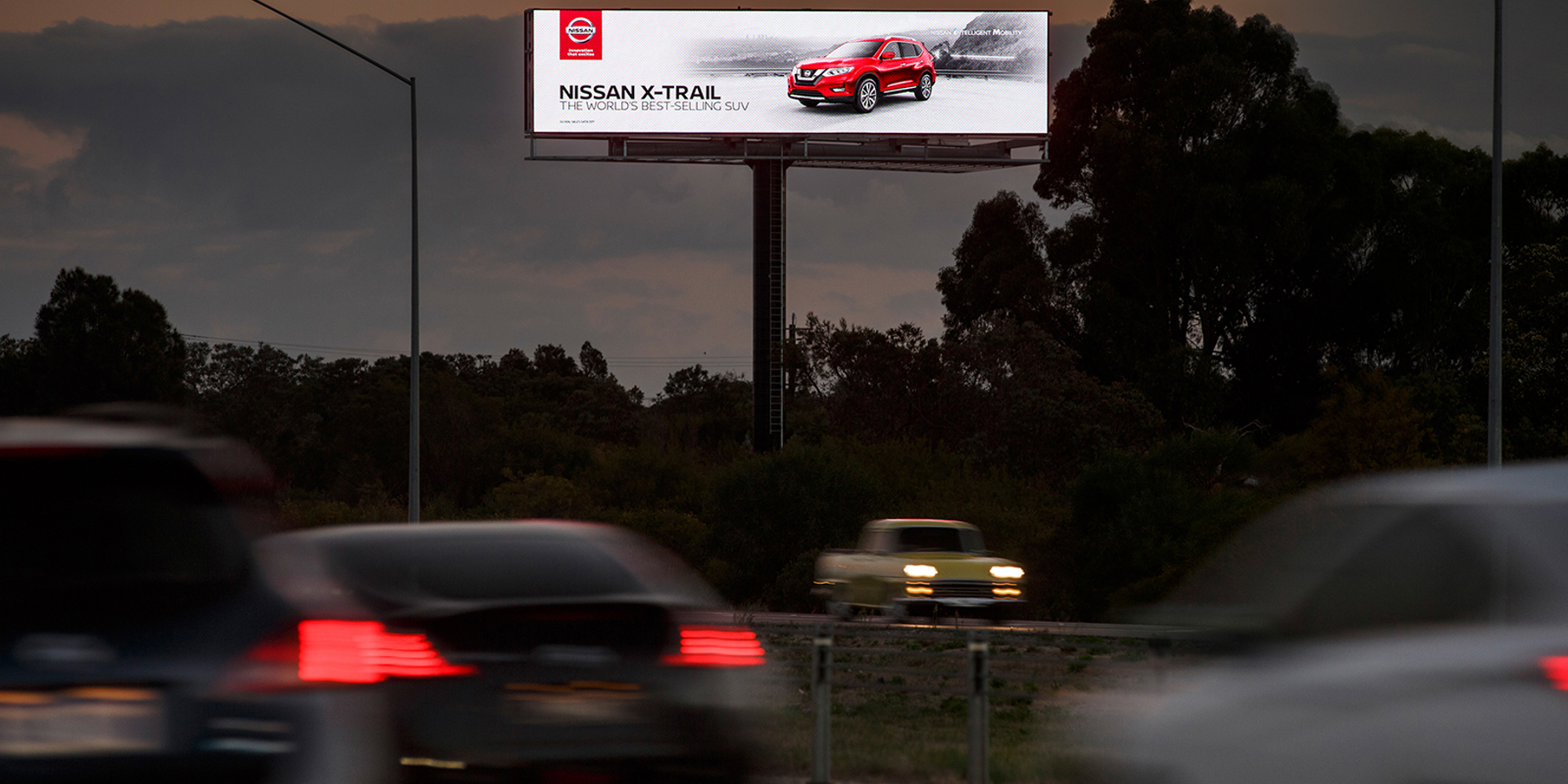Digital Signs Can Be Thoughtful Neighbors
Digital billboards and signs are often a source of scrutiny, especially when they are near housing developments or apartment buildings. Businesses who want to be good neighbors need to be ready to alleviate concerns by educating city councils, regulatory committees and residents about LED displays.
7/28/2022
Categories: Business & Community, Out of Home Advertising, Sign Company News

The research and communication you need to alleviate concerns about LED displays.
Digital displays need to be visible in all lighting conditions to be effective. That’s precisely why many communities are placing restrictions on them. Sign companies, media owners and businesses who want to install digital signs for effective advertising efforts need to address the concerns in a respectful, informative way.
Digital display owners want to enhance their communities with good-looking signage. It’s always important to do the proper research on location, the angle of the display, and recommended standards.
Industry Standards
The digital sign industry has a long history of addressing these concerns, and you can take advantage of the resources they provide.
For example, in 2008, the International Sign Association (ISA) worked with Dr. Ian Lewan of Lighting Sciences to develop scientifically researched, understandable recommendations for brightness. He determined that the nighttime brightness level should be 0.3 foot candles above ambient light conditions.
Foot candles are the industry standard for measuring brightness and monitoring regulations. This method measures brightness by placing sensors a certain distance away from an LED sign and comparing the overall brightness to the ambient light. These levels are used to adjust a display’s brightness while maintaining a level that is within community/government regulations.
The Out of Home Advertising Association of America (OAAA) also produced brightness guidelines recommending 0.3 foot candles above ambient lighting as a standard.
According to their study, there are three components to ensure a digital billboard will never be too bright for area conditions:
- Maximum brightness limits incorporating a footcandle standard
- An ambient light sensor installed on the sign structure
- Dimming software
You can read an explanation of their recommended guidelines here.
Daktronics is Here to Help
Daktronics offers site-specific light emissions analyses to alleviate concerns in situations where illumination is a potential concern. A light analysis depicts what a light meter would measure at all angles and distances if the display was installed at a specific location. Daktronics offers it as a complimentary service with a billboard purchase.
“It isn’t necessary at every location, but when it’s needed, we look at the size of the billboard, the elevation, surrounding buildings and even the rise and fall of the ground,” says Eric Johnson, Daktronics applications engineer. “Just about every time, concerns are alleviated because of the LEDs we use. We don’t have to sacrifice image quality by modifying the display or blocking light. It’s more important to use components from the start that allow digital billboards to be neighbor friendly.”
The LEDs in Daktronics billboards also adjust to change brightness automatically according to the amount of ambient light, ensuring the display is never too bright or dim for the lighting conditions.
Our digital signs are equipped with light sensors, or photocells, that detect the amount of ambient light and adjust to keep the display’s brightness level appropriate. Over the course of the day, the sign’s brightness can range anywhere from 100% during the sunniest point of the day to 3% during the darkest point of the night.
Johnson explains, “That dimming process, along with the very intentional placement of digital LED billboards and the potential for light mitigation, makes our success rate extremely good. We can usually help out of home companies put neighbors’ minds at ease even before the billboard is installed.”
If you are considering installing a digital display of any kind, you can alleviate concerns in the community. Use the research provided in this blog, take advantage of a lighting analysis, and contact your Daktronics team to help.



